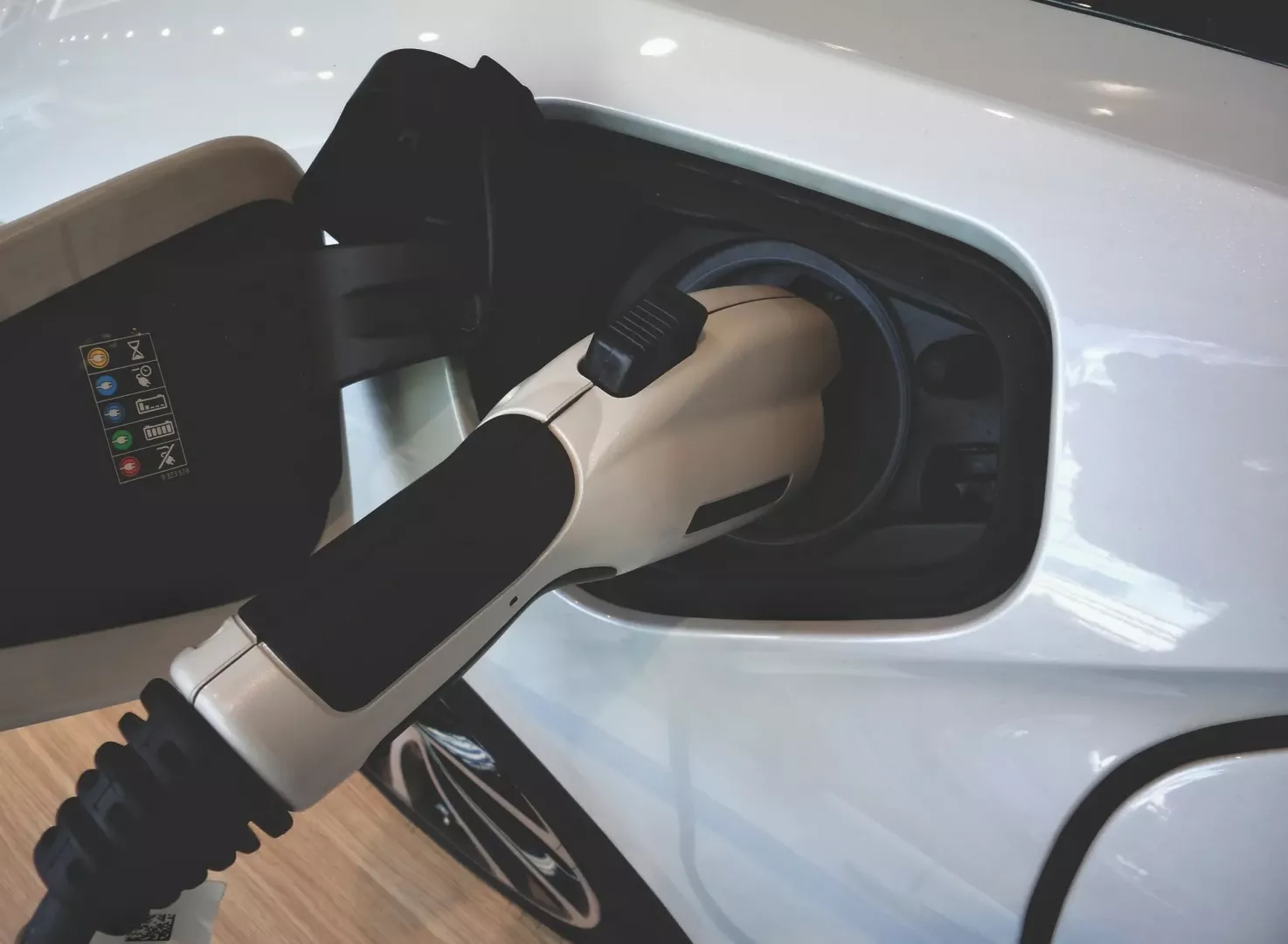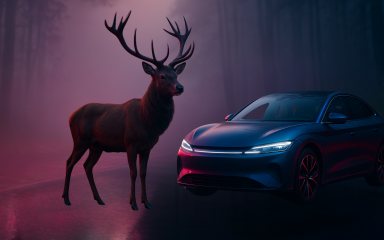
Electric cars have finally found their way to Czech roads as well. So, a debate about how to operate and care for them effectively is appropriate. The most expensive (and therefore the most valuable) part of an electric car is its lithium-ion battery. Battery manufacturing costs have fallen by about ten times over the last ten years, and experts estimate that the fall will continue, but even so, the price of the new cells will probably still be well above the limit of 100 thousand crowns. Not to mention the environmental impacts of production and the subsequent disposal of used batteries. If you are the happy owners of an electric car, you will certainly find the following tips on how to extend the life of the battery useful.
Temperature is the key
Batteries are very sensitive to temperatures that are either too high or too low. Both extremes damage them and lead to the degradation of the lithium-ion cells. In the summer, therefore, look for a parking spot in the shade or in an underground garage where the sun will not be beating down on the car and the cells will not soak up heat from the hot asphalt (most manufacturers place batteries close to the chassis). Similar rules apply in the winter. Most cars have automatic battery heating systems to prevent the cells from freezing. Not only does this reduce their lifetime, but batteries also get spontaneously depleted faster in cold conditions. But a problem arises when there is too little energy left in the cells to warm up or when the car remains completely out of energy in freezing conditions. If the electric car supports a battery pre-heating function and a recuperation device, make sure to use it before driving in the winter. A battery that is heated to the correct operating temperature manages the accumulated energy far more efficiently and performs better.
Charge sensibly
This brings us to the recommended battery charging cycle. As with personal electronics such as phones, tablets or notebooks, it is strongly recommended not to completely discharge batteries in electric vehicles with lithium ion batteries. You should connect the car to an outlet if the capacity drops to about 15 to 20 percent. Also, you should not charge the battery too often to 100 percent. The ideal operating range for the longest battery life is between 20 and 80 percent. Despite the increasingly popular trend of quick chargers, it is also recommended to "tank up on current" slower rather than faster.
The fast charging of batteries in electric vehicles, just like in phones, is not good for the batteries because they overheat. Of course, if you sometimes head out on a longer journey around the Czech Republic or to the seaside in Croatia (despite widespread myths to the contrary, it is possible to get there comfortably with an electric car as well), the choice of a quick charging station is logical. In normal operation, however, you should prefer slower overnight charging. In addition, the number of charging cycles plays a big role in electric cars. Thus, if you use 20% of the battery every day, charge once every 3–4 days.
Fewer components, fewer problems
Although the logistics around proper charging may sound complicated, owning an electric car can also relieve you of a lot of worries. Electric cars generally have far fewer components than combustion engine cars.
They get by, for example, without a gearbox, they have much simpler engines and generally have fewer moving parts. You never have to think about topping up the oil, for instance. And if you lend a car to a friend or family member, they can’t mistakenly add petrol to a diesel tank or vice versa.
Furthermore, an electric car is much easier to drive, the ride with it is smoother, and if you have the right cable, you can charge it virtually anywhere where an electric plug is available. However, each model of these vehicles may behave differently and have different optimum operating conditions. The electric vehicle market is still developing and manufacturers are looking for the best ways for these vehicles to perform similarly to those with internal combustion engines. In terms of maintenance, therefore, follow the manufacturer's instructions carefully and, even if there are fewer mechanical components in the cars that may go wrong, do not underestimate regular visits to an authorised service centre.


